In a rare move, the United States has publicly criticized its close ally India in its annual report on religious freedom. Secretary of State Antony Blinken unveiled the report, expressing concern over a variety of issues affecting minority religious communities in India, even as he highlighted global trends of rising bigotry against Jews and Muslims.
Blinken pointed to India’s recent increase in anti-conversion laws, instances of hate speech, and reported demolitions of homes and places of worship belonging to minority faiths. He specifically criticized the role of Indian police, citing instances where they allegedly supported mobs disrupting worship services or failed to intervene during attacks on religious minorities.
The report, presented by US ambassador-at-large for international religious freedom Rashad Hussain, underscored the troubling trend of religious intolerance in India amidst its growing partnership with the United States. This partnership, aimed at countering China’s influence, has seen President Joe Biden maintain close ties with Indian Prime Minister Narendra Modi, despite Modi’s affiliation with Hindu nationalism.
While the criticism in the report is stark, analysts do not anticipate immediate repercussions in US-India relations, especially regarding religious freedom. Blinken acknowledged similar challenges within the United States, noting a significant rise in hate crimes against both Muslims and Jews, exacerbated by international events such as the Gaza conflict.
The report also singled out Hungary, a member of the European Union, for its government’s use of anti-Semitic and anti-Muslim rhetoric, along with penalties for religious groups critical of official policies. This criticism aligns with broader concerns over nationalist sentiments impacting religious freedoms across the globe.
As the US prepares its annual assessment of countries’ religious freedom practices, the focus remains on fostering dialogue and addressing these issues diplomatically, despite the complexities of international partnerships and geopolitical dynamics.

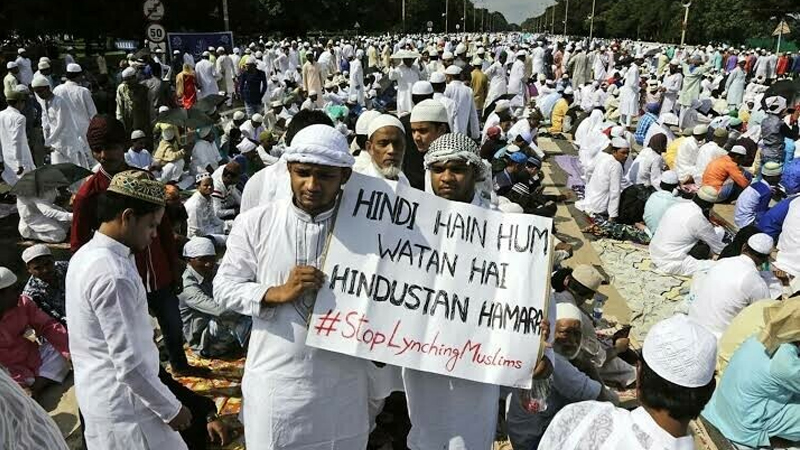

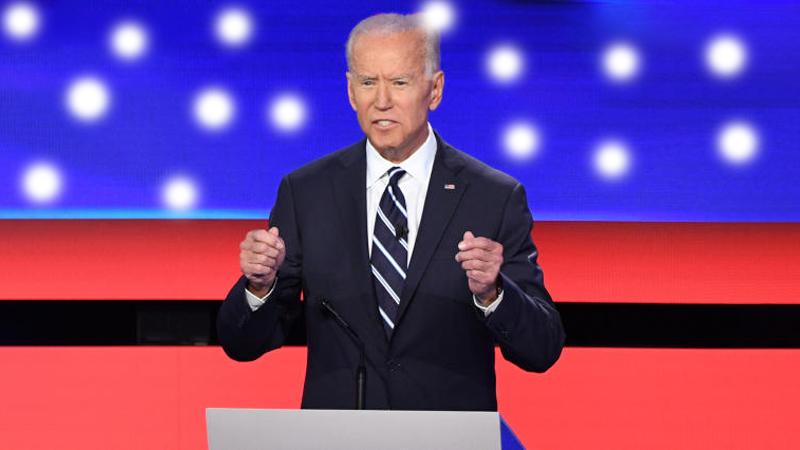

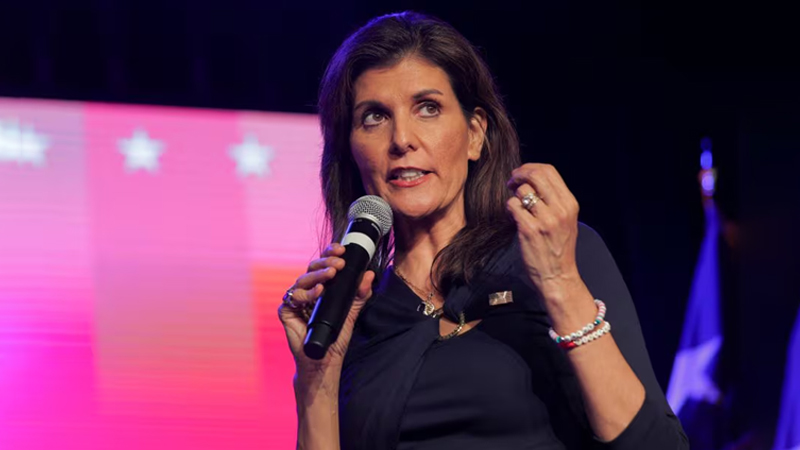


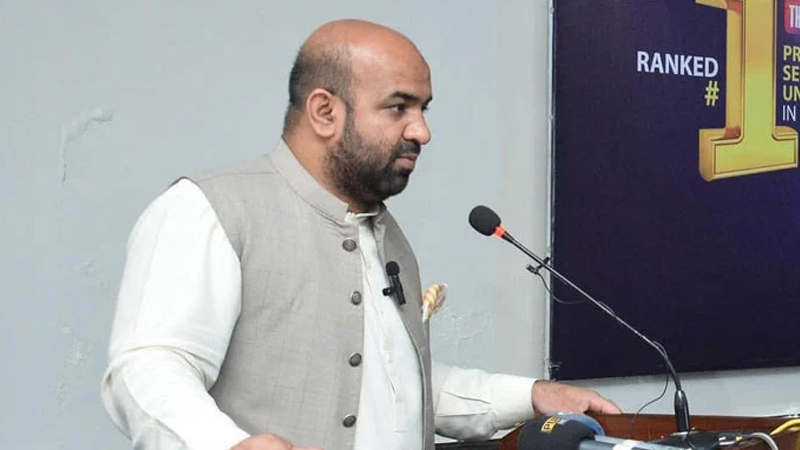
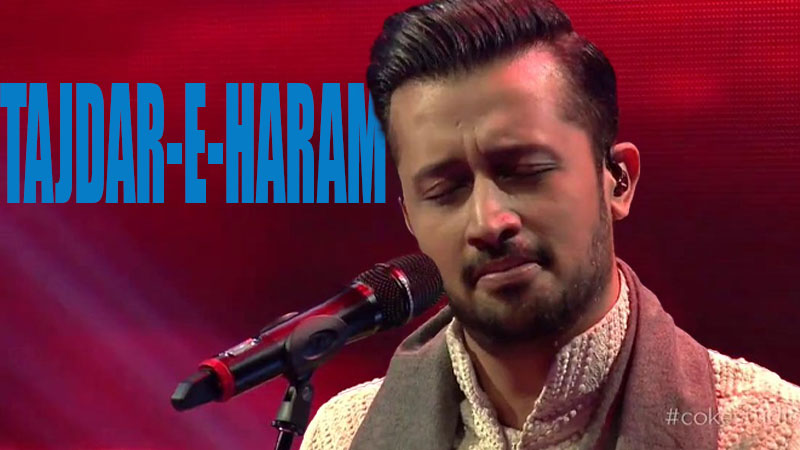
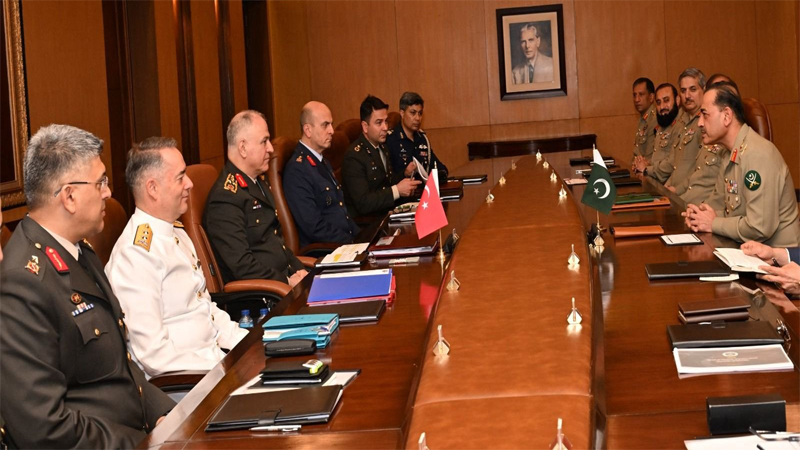
Leave a Reply